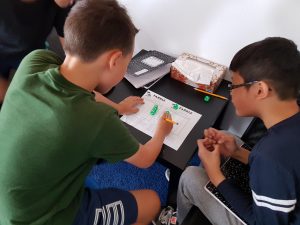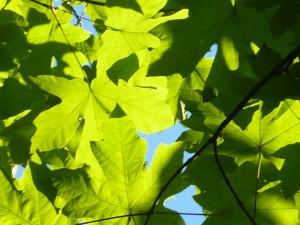Hello Everyone!
Thank you for a great year!! I hope everyone has a relaxing summer!
You received an email link to view photos from the entire year, and it will be up until the end of next week. Make sure to download the photos you would like to keep for yourself. Please don’t post any of the photos to social media. Thank you!
This term, Division five completed two, integrated units of inquiry, along with a lot of great activities. Here is a quick summary.
The first unit focused on universal systems related to resource management: Humans create a variety of systems and tools to get their needs and wants met.
Our main concepts for this unit were SYSTEMS, STRUCTURE, and ORDER, as we explored needs versus wants; how we create systems to get our needs met (government systems, financial systems through economics); how we use scientific knowledge (such as rocks, minerals, elements) to meet our needs; and how we ensure we have continued resources to use, through sustainable harvesting of the things we need.
We started by traveling to Britannia Mines in the fluffy-white snow to investigate mining and minerals. We played the International Economics Game to simulate how world trade and economics work. We pretended to have jobs, with a salary, bills to pay, cars to purchase, and loans to pay off. We played a variety of games to simulate resource management, such as Skittles Fish! And we looked at the resources in our home and community to see how they are used. So many great CRITICAL-THINKING discussions!
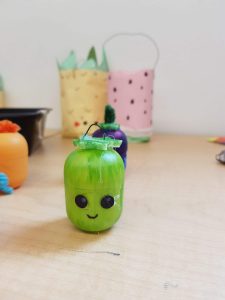 Our final project for the unit was MACC MALL! Each student created a product to sell. They all received $100 of fake money so they could buy supplies to make the product. They applied for a patent, kept a budget on Excel or Google Sheets to track expenditures, made advertisements to draw customers, and then actively sold the products at a MALL simulation with peers from the school. Everyone had a great time!
Our final project for the unit was MACC MALL! Each student created a product to sell. They all received $100 of fake money so they could buy supplies to make the product. They applied for a patent, kept a budget on Excel or Google Sheets to track expenditures, made advertisements to draw customers, and then actively sold the products at a MALL simulation with peers from the school. Everyone had a great time!
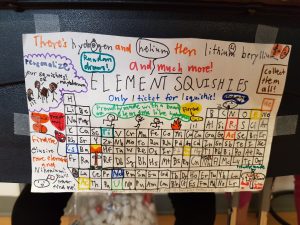
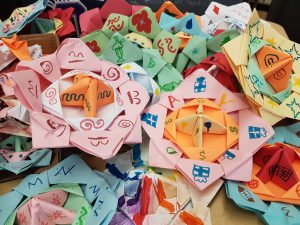
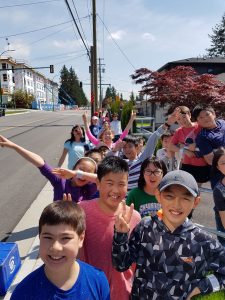
As we discussed our NEEDS, we talked a lot about PERSONAL AWARENESS! We practiced taking breaks during academic work periods. We went outside to create a self-regulation path out of chalk on the sidewalk in front of our classroom, which was enjoyed by primary students during recess! We also participated in the recording of daily walking minutes as part of the WALK30 Burnaby-New West Challenge. Thanks to our participation in the walking challenge, Suncrest won $250 to put toward PE equipment. Great work everyone!
Our second unit focused on how we make connections between the arts and sciences: Humans use their senses and creativity to observe and to explain the natural world.
Our main concepts during this unit were CONNECTION and RELATIONSHIPS. We looked at the many ways people use the arts (painting, drawing, photography, sculpture, drama, music, graphic arts, etc.) to represent ideas and to explain complicated concepts more clearly to others.
We read a variety of First Peoples’ stories from B.C., and we read early stories from other cultures, as well, focusing on how storytelling is an art related to explaining ideas, morals, values, and messages about one’s identity. We even had a large storytelling event as a class, during which each student brought a story, joke, or personal anecdote to share with all of us over snacks, just like a giant MACC family dinner! (We also practiced etiquette, too!)
We looked at myths and creation stories from across the world and did a comparison to find the commonalities. What makes us “human”? Why are stories common in two separate parts of the world, even when people didn’t have contact with one another? Why are early Hawaiian myths so similar to Greek ones? How do myths explain science concepts such as geology and volcanoes, or why we have the seasons and the stars? What does it mean to study the humanities, and why is that important?
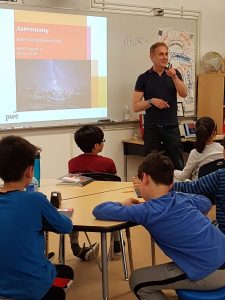 We did a lot of talking about SPACE, too! We had Andrew from the RASC come to do a talk about constellations and the universe. We completed math about ROCKETS from You Do the Math. And some of us took on the challenge of NASA Applied Math problems, too. For Applied Design, Mr. McKillop came in from the District Applied Design team, and he helped us saw, clip, and work with a variety of materials as we built prototypes of spaceships from our own designs. The focus of the Maker Day was to learn how to work with new materials and tools safely, which everyone did!
We did a lot of talking about SPACE, too! We had Andrew from the RASC come to do a talk about constellations and the universe. We completed math about ROCKETS from You Do the Math. And some of us took on the challenge of NASA Applied Math problems, too. For Applied Design, Mr. McKillop came in from the District Applied Design team, and he helped us saw, clip, and work with a variety of materials as we built prototypes of spaceships from our own designs. The focus of the Maker Day was to learn how to work with new materials and tools safely, which everyone did!
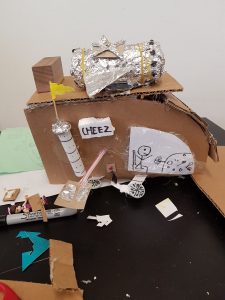
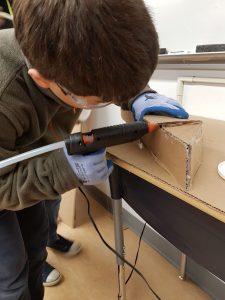
While we were working on these two units, students also engaged in 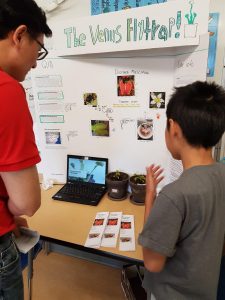 independent research on a topic of choice. Students studied these topics: eyesight and vision, java programming, dyslexia, newspapers, flowers, plant defences, Venus flytraps, lasers, flat feet, artificial intelligence, humanoid robots, the sense of touch, killer whales, bottlenose dolphins, aliens and U.F.O.s, magic, clouds, dark matter, plankton, Incan civilization, computers, pathogens, and neutron stars.
independent research on a topic of choice. Students studied these topics: eyesight and vision, java programming, dyslexia, newspapers, flowers, plant defences, Venus flytraps, lasers, flat feet, artificial intelligence, humanoid robots, the sense of touch, killer whales, bottlenose dolphins, aliens and U.F.O.s, magic, clouds, dark matter, plankton, Incan civilization, computers, pathogens, and neutron stars.
They were primarily marked on their research questions, secondary research notes (from the Internet, books, and encyclopedias), primary research (first-hand sources such as an interview, survey, experiment, observations, or visit to a location, and a bibliography of all their sources. Ms. D then observed everyone presenting to their peers and the community, which contributed to final reporting.
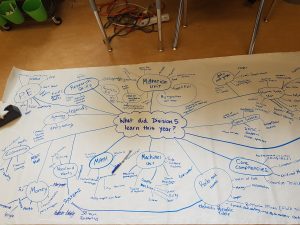
I am also very proud of everyone for their self reflections! Each student answered self-reflection questions, both multiple-choice and short answer, to contribute to their own report cards. I took the responses, put them into a paragraph, and then students reviewed and edited them with me before report cards were submitted.
In addition, students completed self-assessments of the core competency areas we discussed this year on their e-portfolios (communication, critical thinking, creative thinking, personal identity, and personal awareness). Thank you to parents for participating in this reflection by filling out competency reflection forms during the year AND viewing the e-portfolios with their children at home.
It was a great year! All my best to those moving on to grade six, and I look forward to seeing the new grade fives in September!
We will have 13 new students joining us, and I look forward to your leadership, grade fives, as you have already been in MACC one year and have lots to share with our new community members!
Have a great summer!!
Ms. D
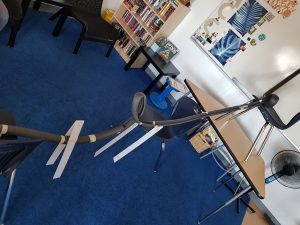 We learned about our new classmates through inquiry adventure cards, making marble roller coasters in teams, creating paper rockets and launching them with an air compressor, and completing math challenges! We also had the opportunity to touch upon math and science topics which will be a part of our first unit on STRUCTURE, such as gravity, kinetic and potential energy, and the structure of equations. On Monday, we will introduce the first unit in class and then post information on the blog for you, as well.
We learned about our new classmates through inquiry adventure cards, making marble roller coasters in teams, creating paper rockets and launching them with an air compressor, and completing math challenges! We also had the opportunity to touch upon math and science topics which will be a part of our first unit on STRUCTURE, such as gravity, kinetic and potential energy, and the structure of equations. On Monday, we will introduce the first unit in class and then post information on the blog for you, as well.
